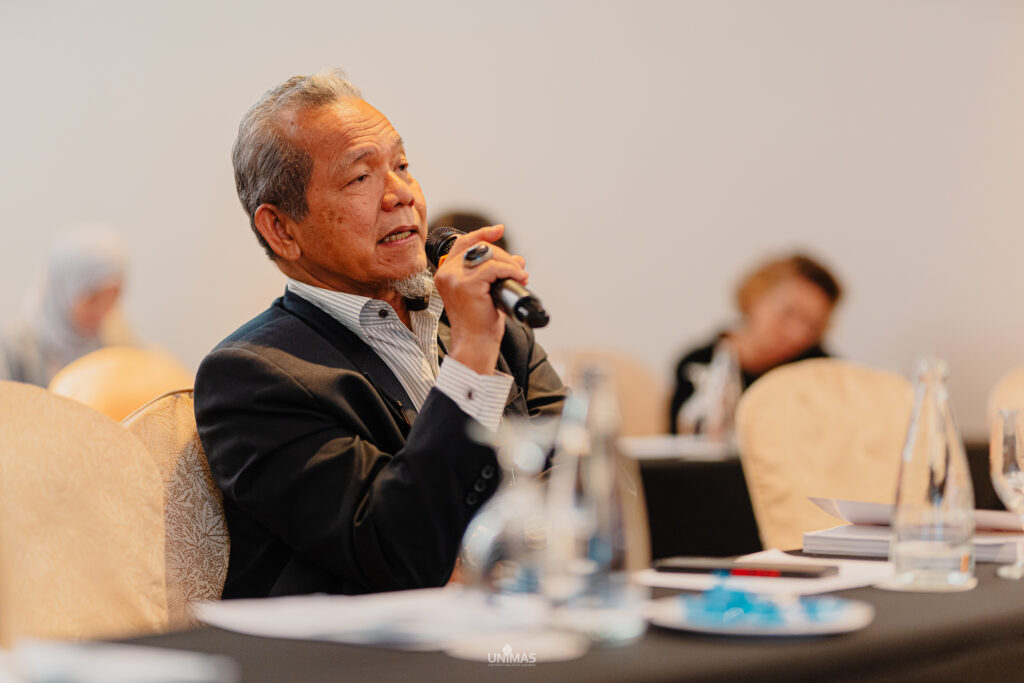
Datu Dr. Haji Sanib Bin Haji Said presented insights from his latest book, Negeri Santubong: Sejarah Awal Sarawak, 300ESS - 1647ES.
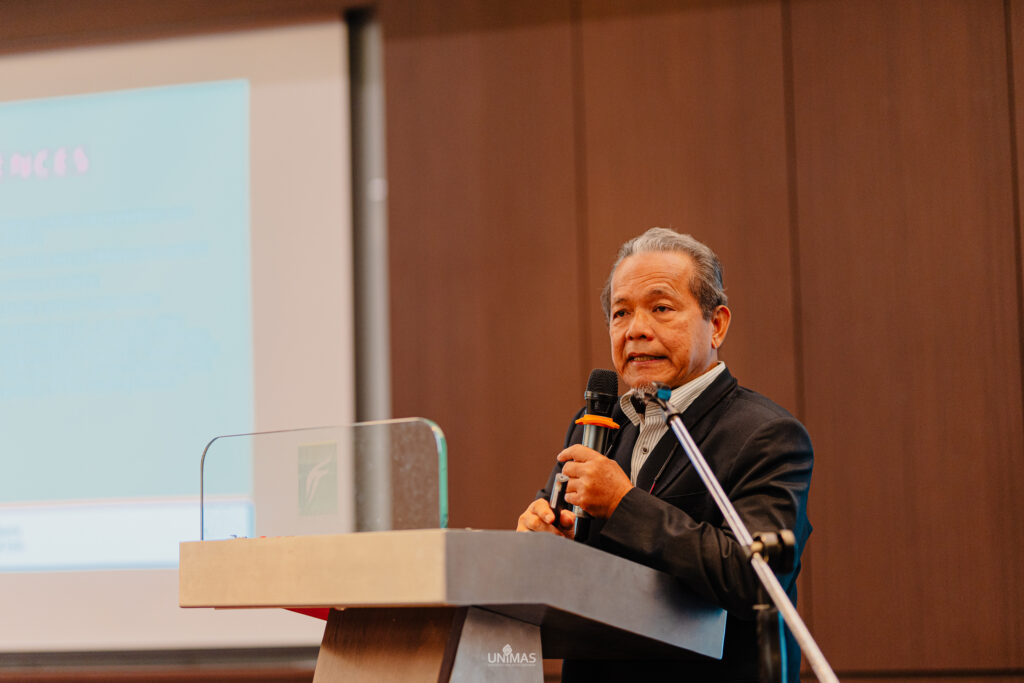
KUCHING: A special talk highlighting the rich history of Negeri Santubong was hosted by Universiti Malaysia Sarawak’s (UNIMAS) Institute of Borneo Studies (IBS) in collaboration with Amanah Khairat Yayasan Budaya Melayu Sarawak (AKYBMS). The event, held on Wednesday at Riverside Majestic Hotel, featured historian and author Datu Dr. Haji Sanib Bin Haji Said, who presented insights from his latest book, Negeri Santubong: Sejarah Awal Sarawak, 300ESS – 1647ES.
The book explores the fascinating history of Santubong, a prominent port in the Malay Archipelago from 300 CE to 1200 CE. Archaeological discoveries, such as nearly 500,000 tons of iron slag, fragments of Chinese ceramics, Malay pottery, and glass beads, point to Santubong’s significant role in global trade during that era.
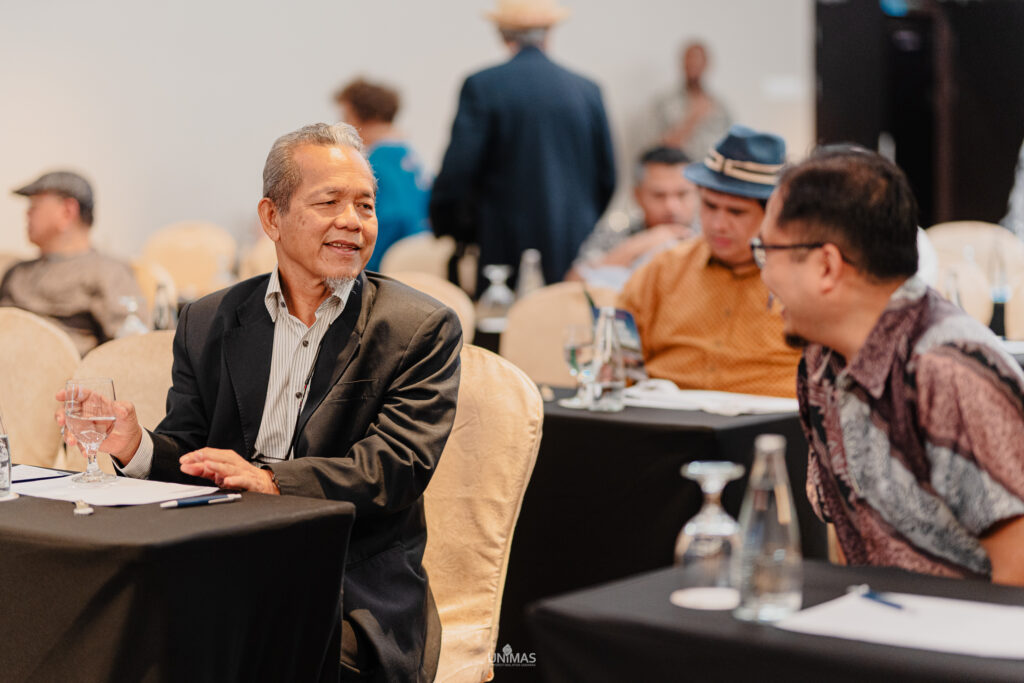
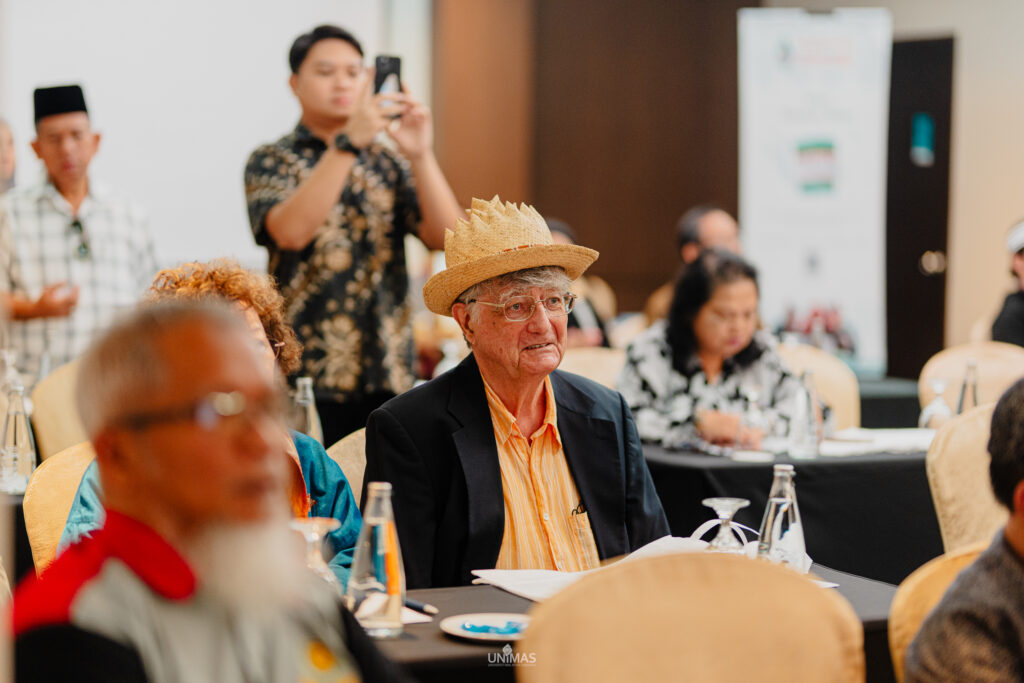
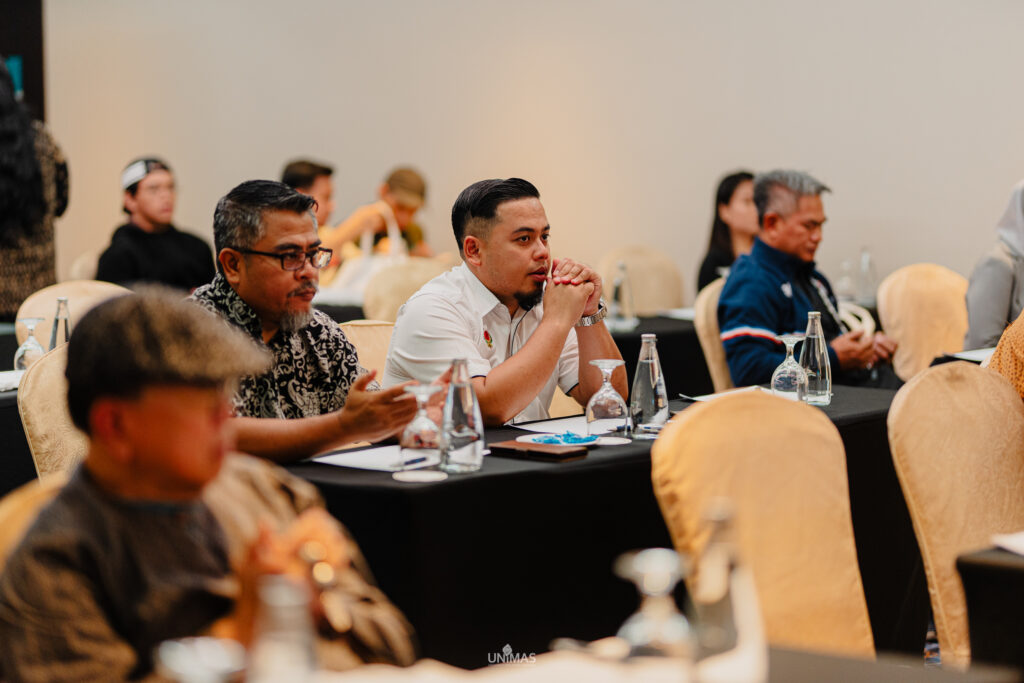
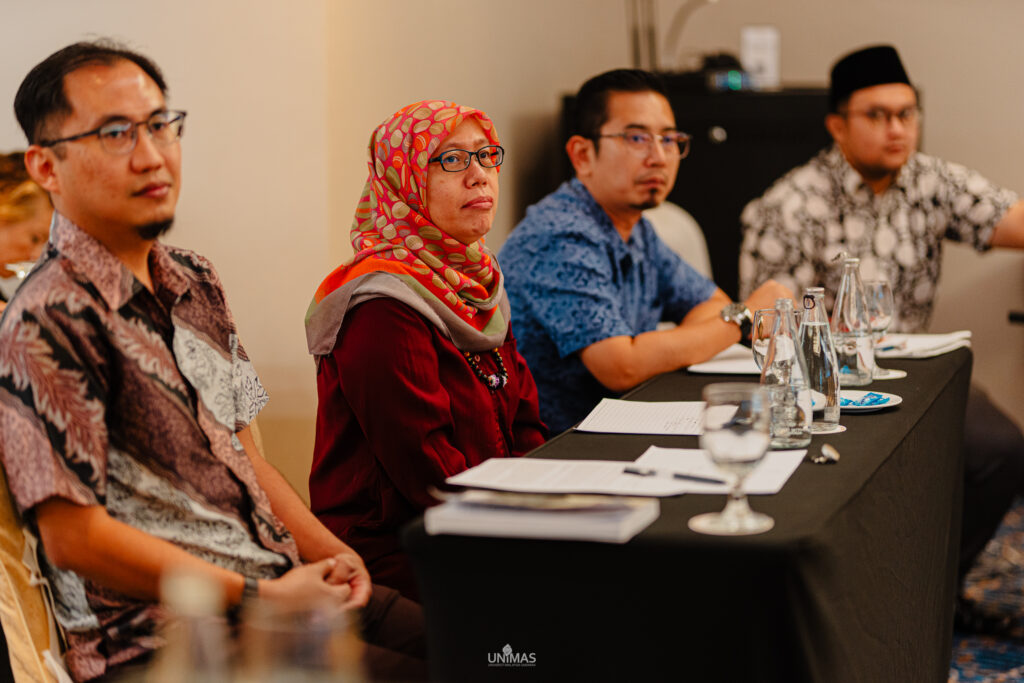
Datu Dr. Sanib also discussed Datu’ Marapati, a key Malay figure who managed the bustling port, as mentioned in the Syair Negeri Santubong, an original Malay Jawi manuscript dated 1885.
Born in Lawas in 1953, Datu Dr. Sanib has an impressive academic background, earning degrees in history from the University of Malaya, including a PhD in 2014. His career includes roles at the University of Malaya, National Archives of Malaysia, Universiti Brunei Darussalam, and Sarawak Museum Department, among others. He has authored six books and edited numerous publications.
Three guest speakers provided additional perspectives during the event. Azuan Jemat from Majlis Islam Sarawak spoke about Malay manuscripts related to Negeri Santubong, while UNIMAS lecturers Shazani Masri and Dr. Sharifah Sophia addressed tawhidic epistemology in the Santubong narrative and theories of state formation, respectively.
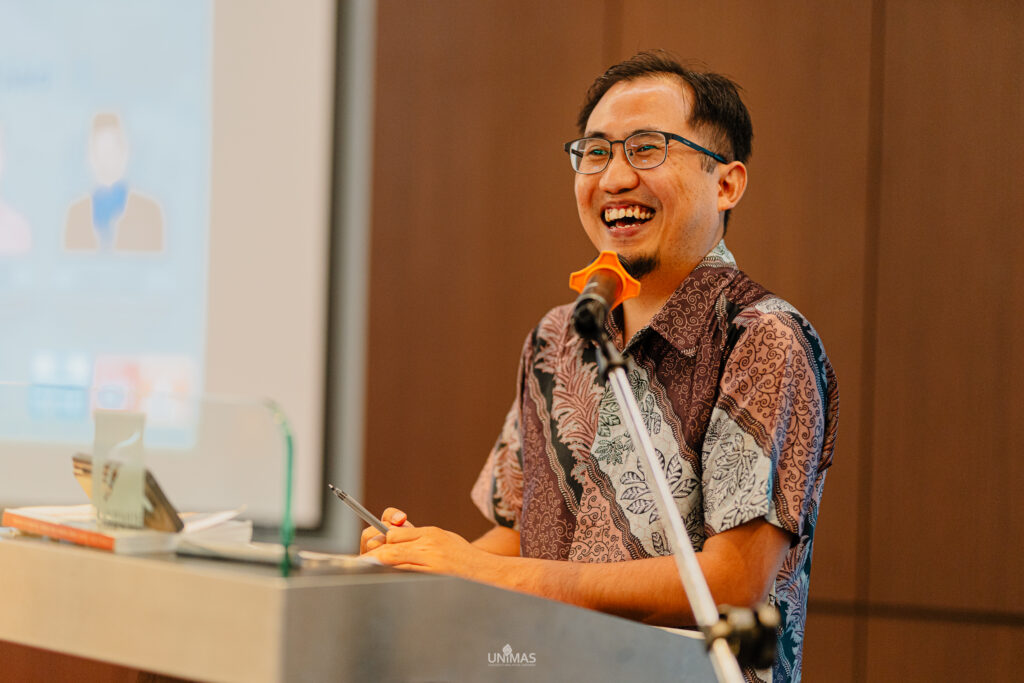
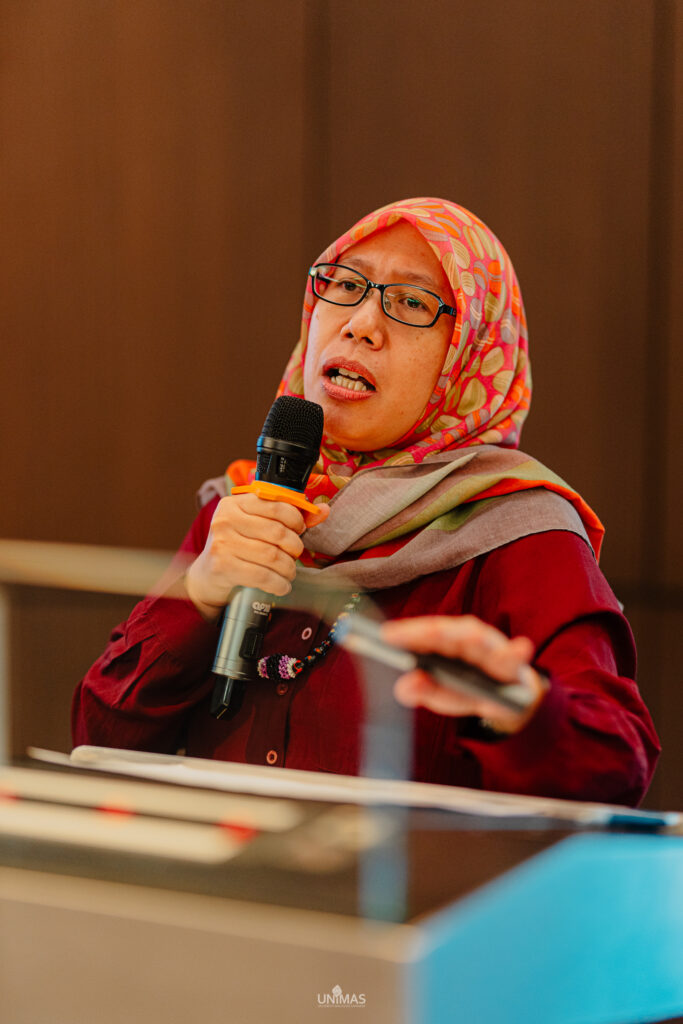
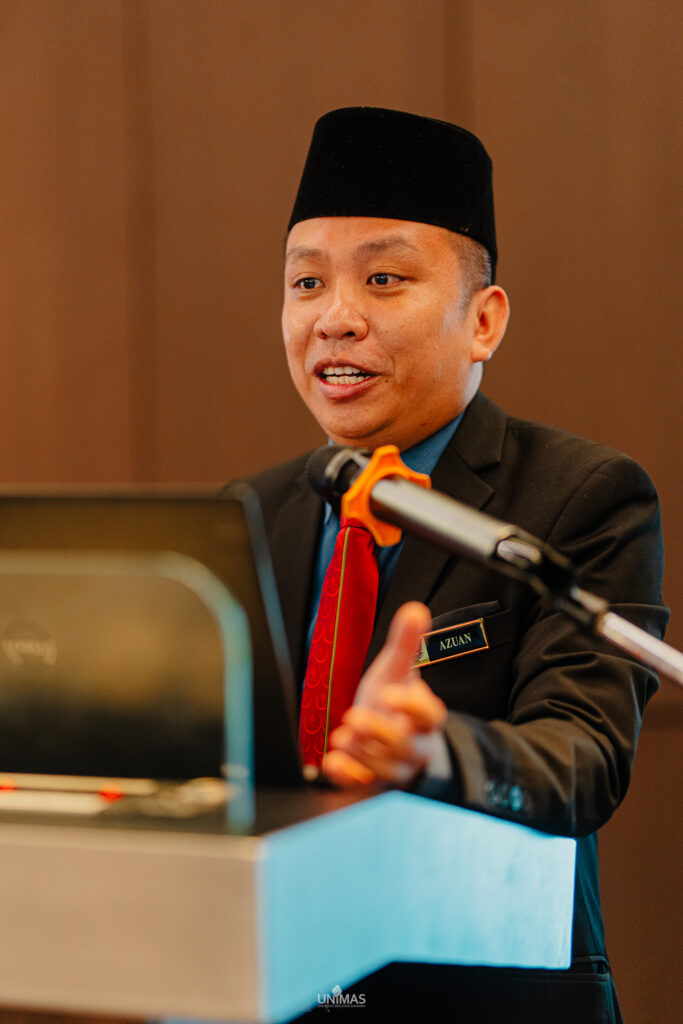
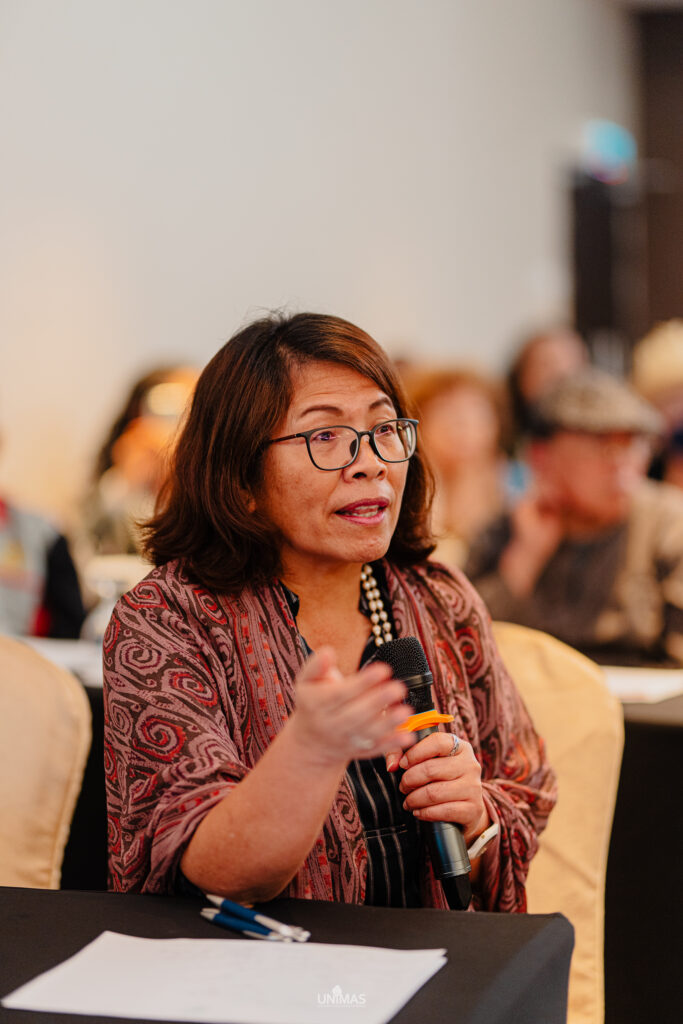
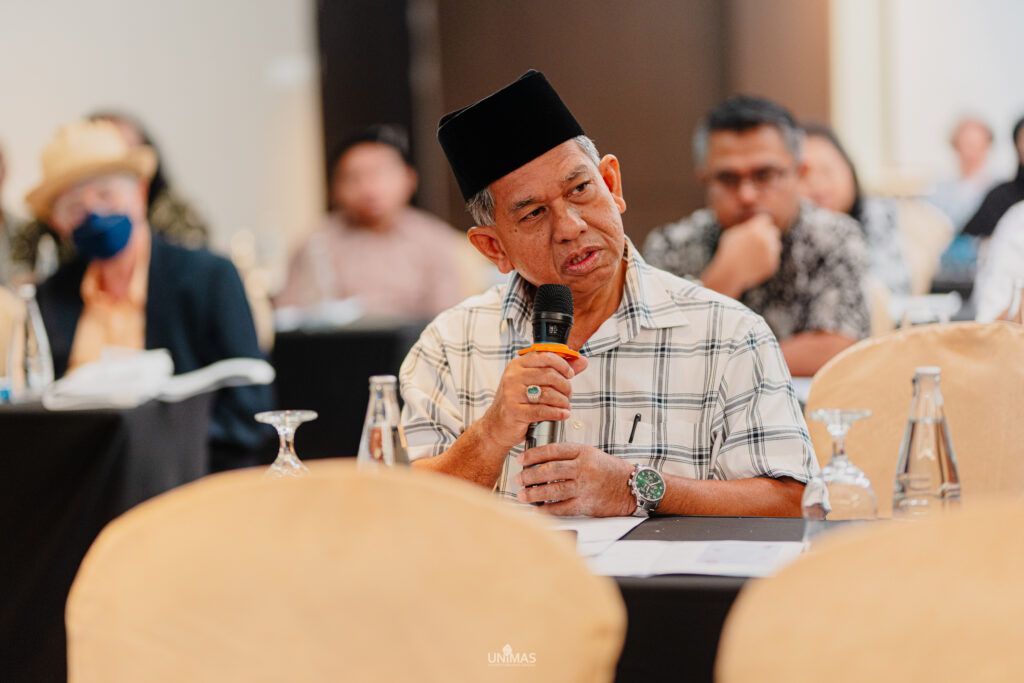
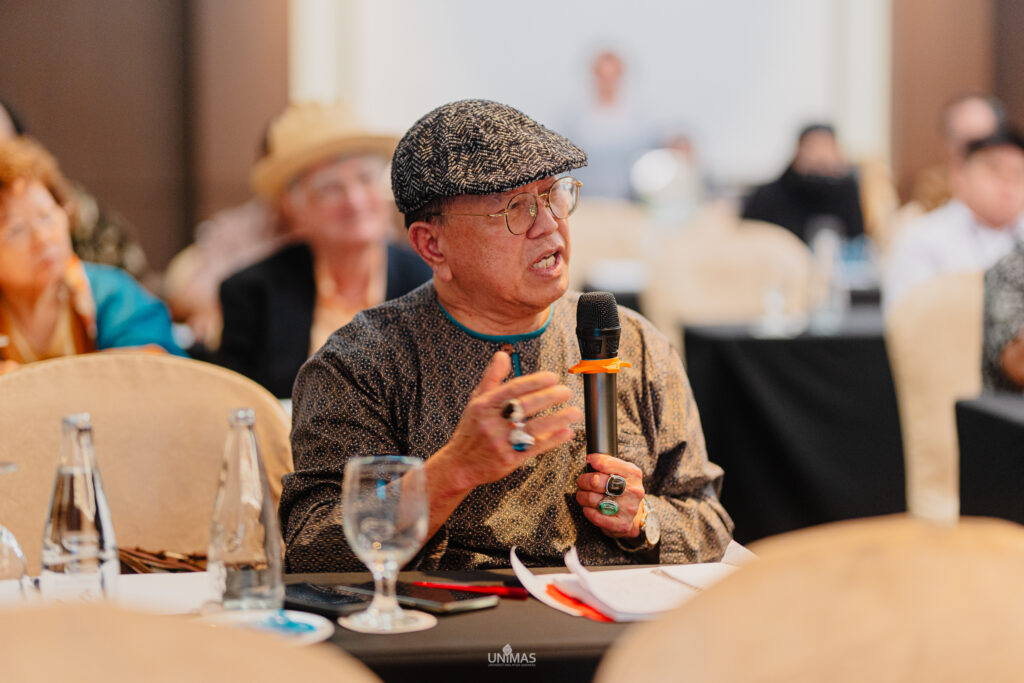

Moderated by Hisyamuddin Basabah of UNIMAS, the event drew history enthusiasts, academicians, and students, celebrating Negeri Santubong’s rich heritage and its role in shaping Sarawak’s early history.
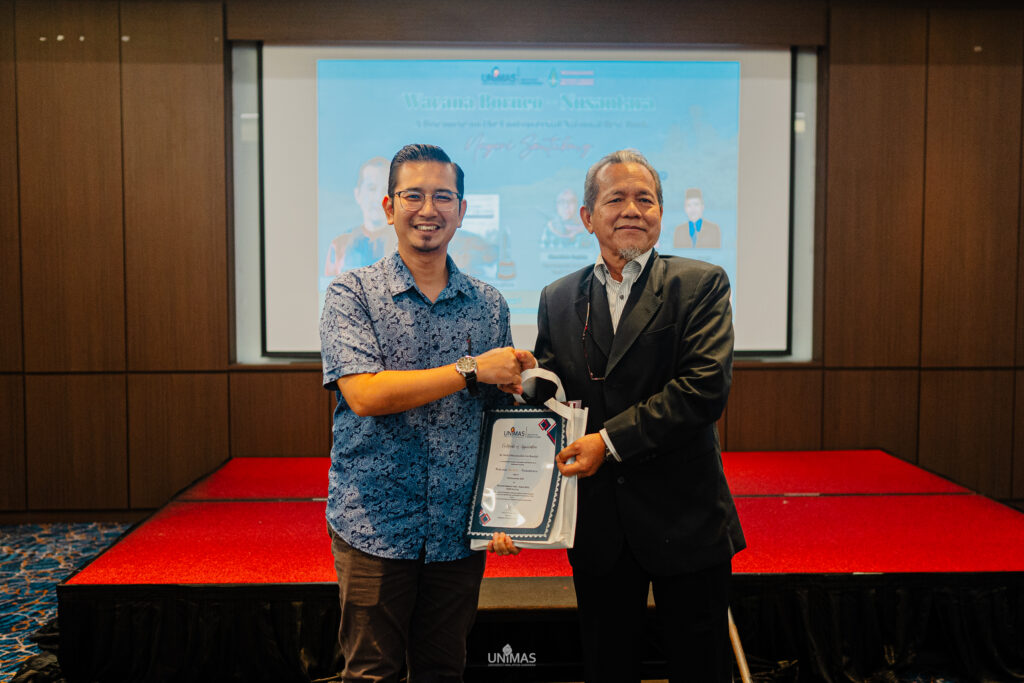
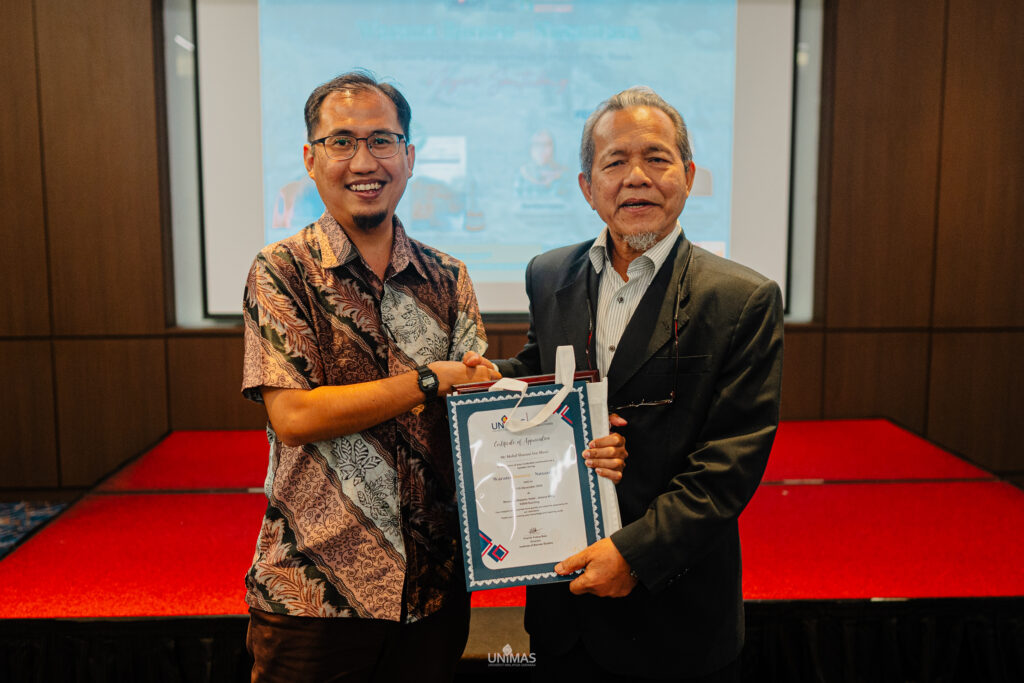
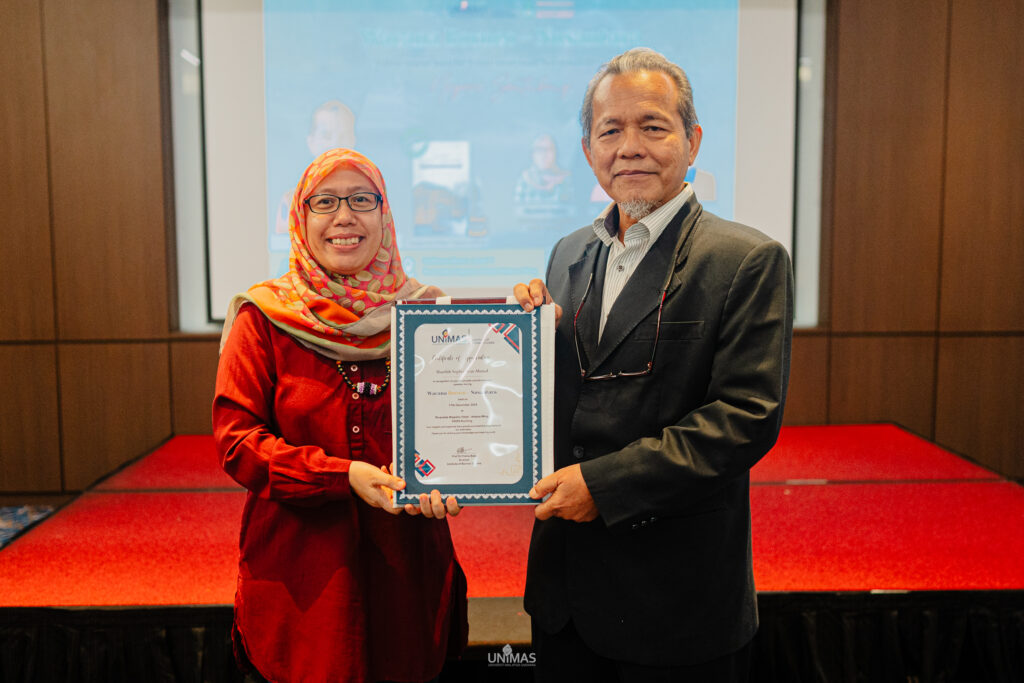
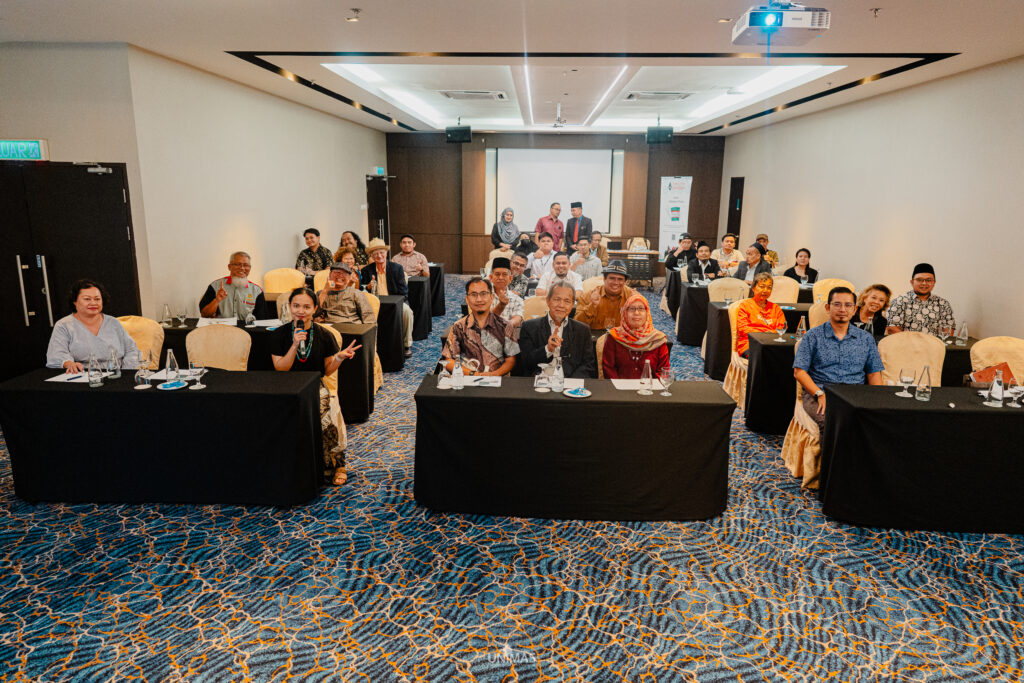
Photos by Fitzpatrick Anak Ricky Guing, Centre for Applied Learning & Multimedia